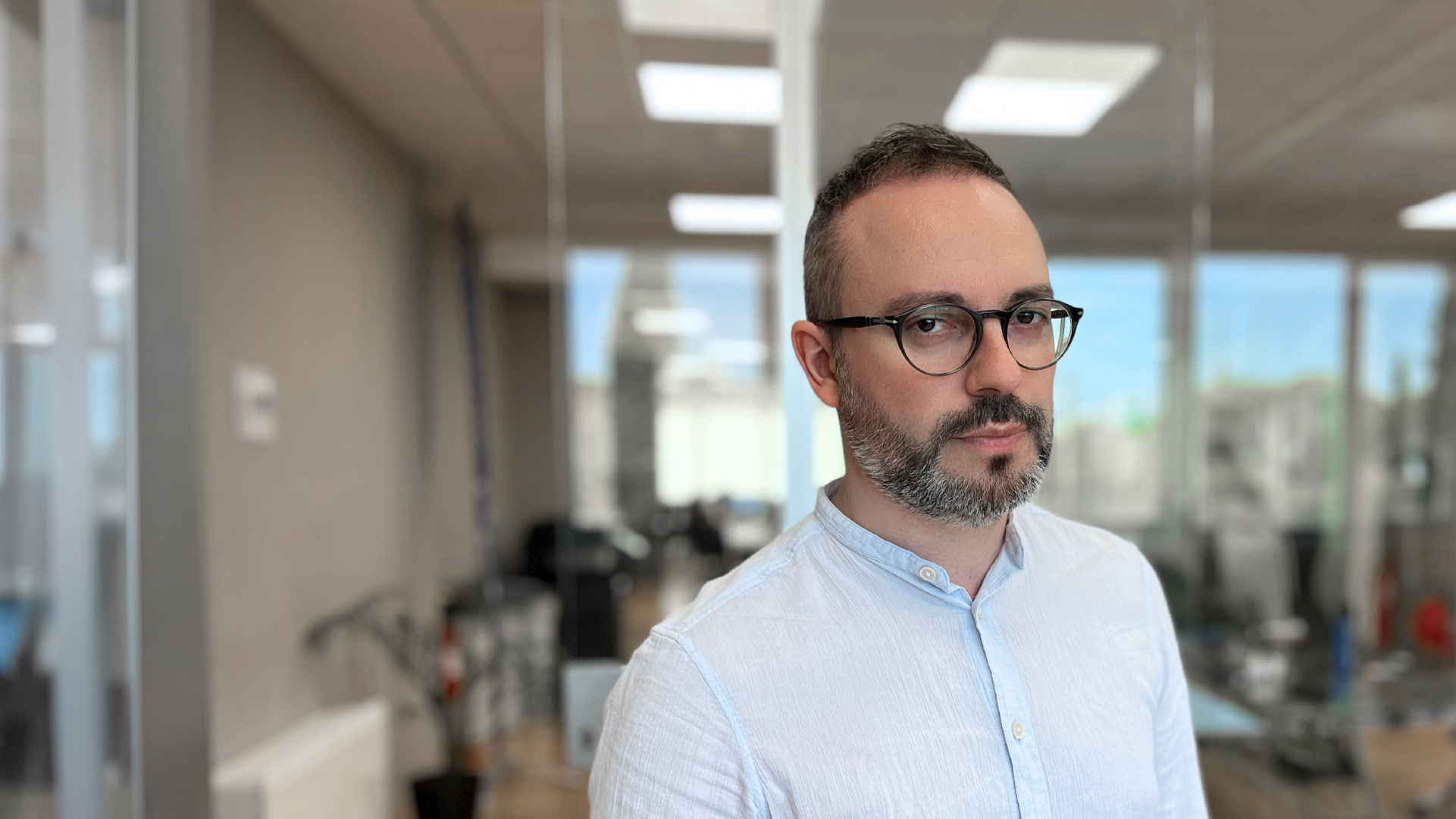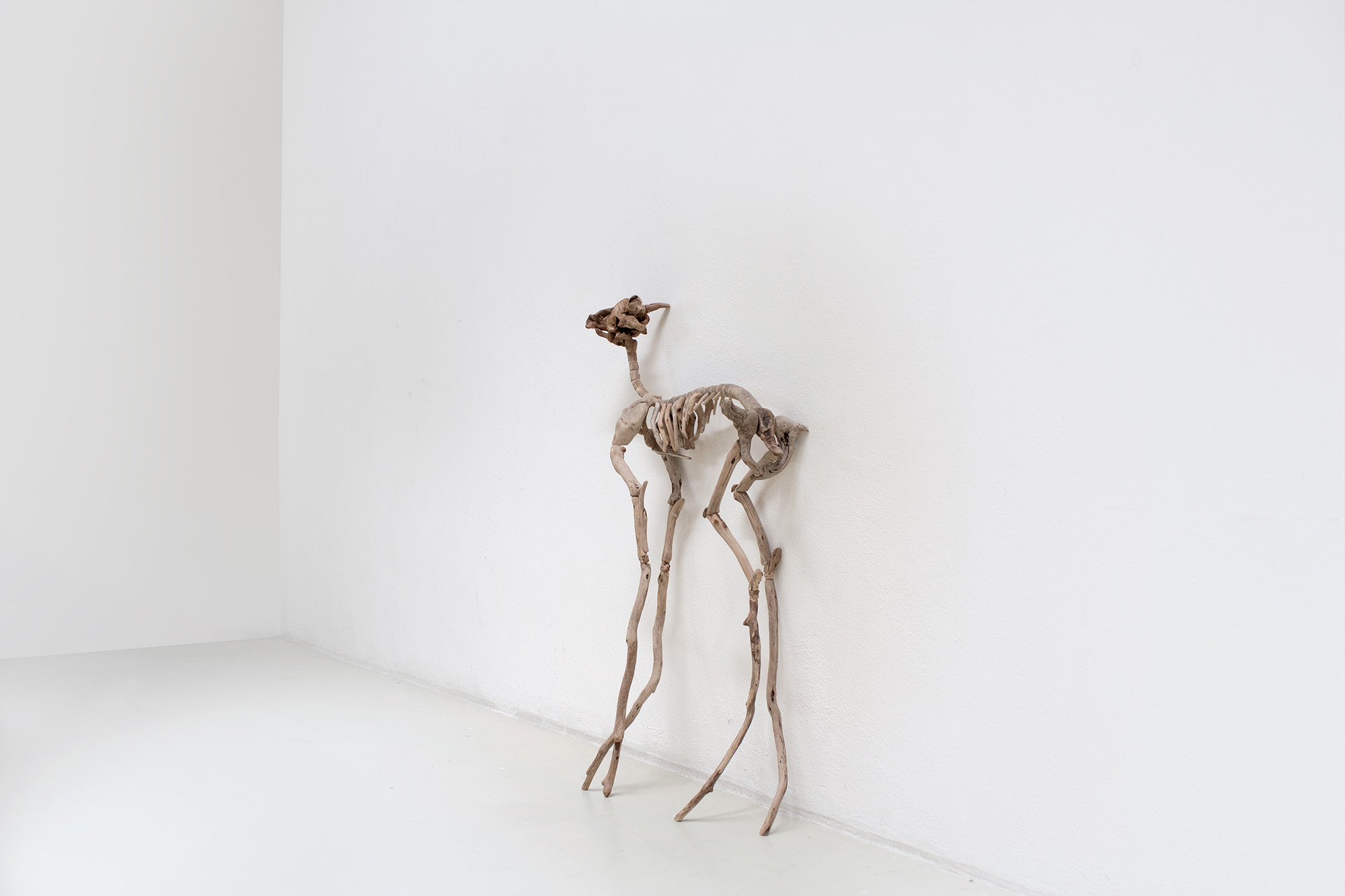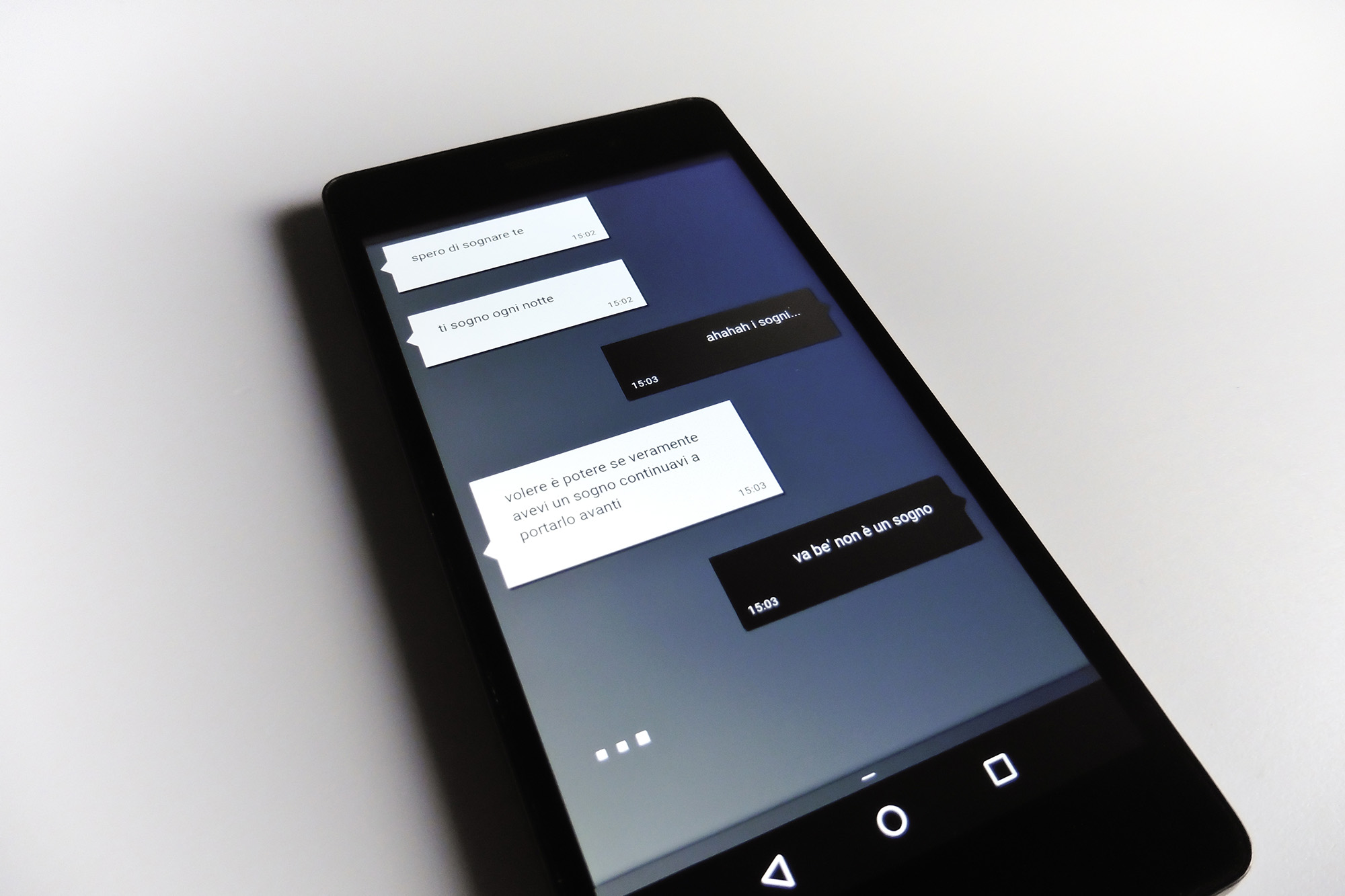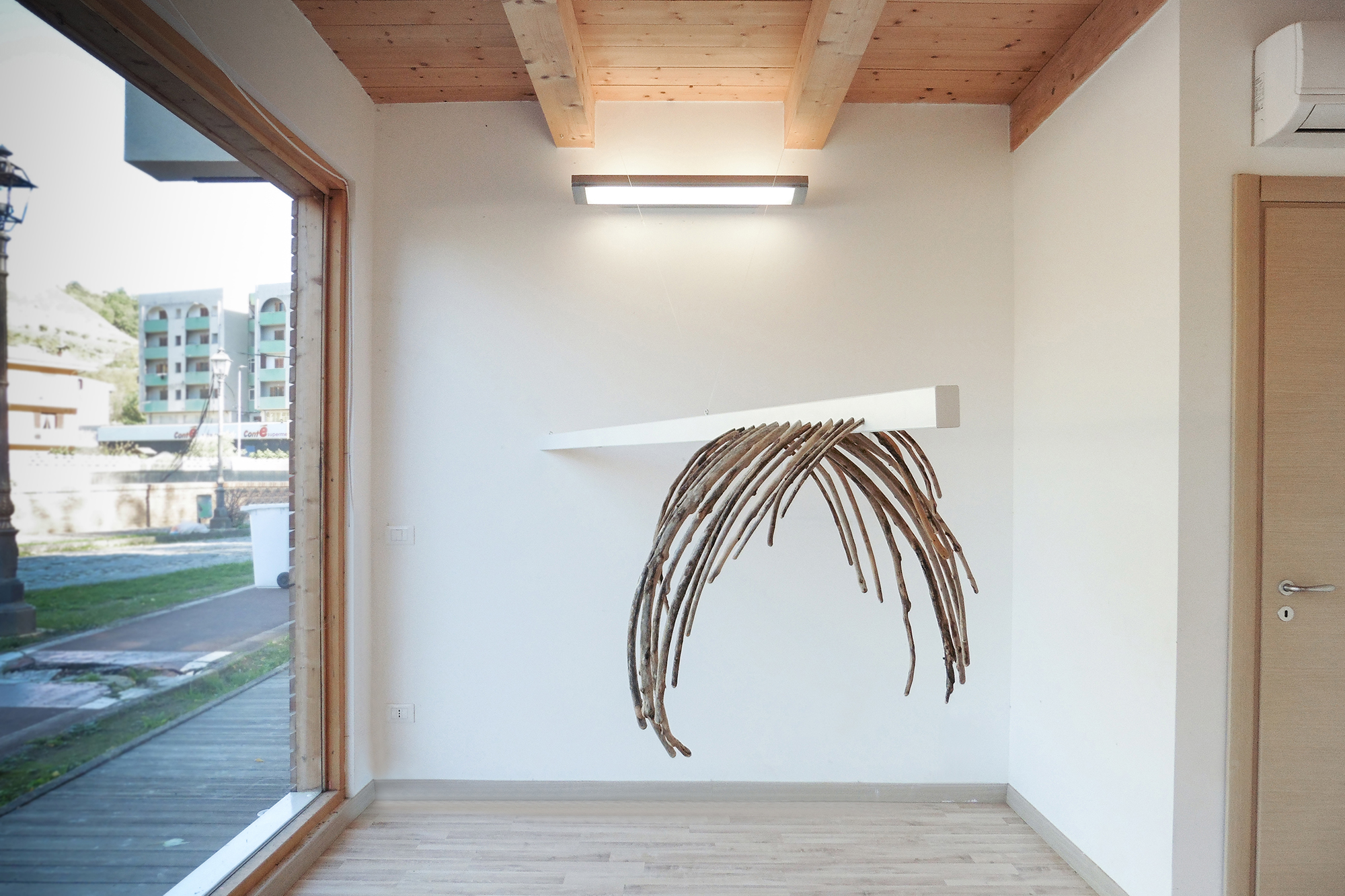Giovanni, between Art and Visual Design
Giovanni, Art Director at Mashfrog, shares in this interview how his experiences as a visual artist and designer overlap and influence each other, creating a unique approach to creativity.

Giovanni Longo is an Art Director who leads the Graphic Designers at the Content & Creative Solutions Business Unit. He is also a sculptor and visual artist who has showcased his work at various national and international events. We asked him to share his professional and artistic journey, the inspiration behind his creations, and how his work and art intertwine.
What do you do at Mashfrog?
I joined Mashfrog as a Graphic Designer in 2018. Over the years, I've grown professionally, leading the graphic design team and becoming an Art Director. Our team handles the visual and creative aspects of campaigns and communication strategies. We design visuals and brand identities, develop editorial products, create data visualizations, and generate content for social media. We're a cohesive team of professionals built to meet the needs of both digital and offline spaces, combining design skills with innovative technologies like artificial intelligence, covering all aspects of contemporary visual communication.
When did you start creating your first works?
I began creating art in 2005 during my first year at the ABA in Reggio Calabria. But my interest in art started much earlier, shaped by my mother, who was a teacher, and my father, who was a sculptor and ceramist. My mother encouraged my creativity and love of reading, helping me develop the cognitive ability to evoke images from simple stories. My father allowed me to roam around his studio and experiment with materials, showing me his unfinished clay pieces, which sparked my curiosity and imagination.

These are not my legs, reclaimed wood, foam rubber, galvanized iron, 2016
What is the deeper meaning behind your art?
To put it simply, my art is a layered exploration over time that brings together seemingly distant worlds, connecting existential and global issues with local and personal processes.
A significant part of my work involves collecting wood along the riverbeds in Calabria—streams that are dry in the summer but turn into rivers in the winter. This changing of the seasons creates an ecosystem of continuous growth and transformation of vegetation. I insert myself into this cycle like a dam, collecting material shaped by the currents. Through comparison and classification, this material becomes part of complete or suggested anatomical structures that engage with space and time.
It's a form of research connected to the fragility of life, its impermanence, but also its resilience—a term that may be overused, but it fits perfectly.
What connects the different works you create?
The common thread in my work, whether physical or digital, is probably the idea of archiving. I collect and rework materials and data, aiming to transport the viewer to unknown places.
An example of this is the installation Museum not Found, created in Paris for the JCE residency. It’s a journey of abstraction from the world of images to rediscover the essence of the cultural experience a museum can offer. Another example is Italian Dream, a web application that loops a chat, sampling phrases from my personal conversations about dreams, creating an intimate dialogue between two entities about a desire that is pursued but never realized.

Italian Dream, web application, 2016
How does your art influence your work at Mashfrog?
My artistic research has a profound impact on my work at Mashfrog because the methods of analysis and reworking are quite similar. Both graphic design and contemporary art develop in a space filled with information and visual elements that need to be balanced to create a meaningful and expressive result that meets a need or urgency. They are very different fields in terms of purpose and goals, but in my experience, they have enriched each other.
Can you tell us about a project that you are particularly fond of?
One project that stands out for me is Kármán line, a site-specific installation created in 2017 for the BoCS Art international residency in Cosenza. The work is conceptually linked to the boundary proposed by Theodore von Kármán, at an altitude of about 100 km above sea level, which conventionally separates the Earth's atmosphere from outer space. It’s an undefined space marked by an arbitrary demarcation line that, in the artwork, becomes physically present, floating in space and transforming into a fundamental element of the existing structures, from which anatomical forms like a wooden ribcage emerge. This piece was definitely a turning point in my research, expanding the possibilities that the material itself had offered me up to that point, further refining my method.

Kármán line, installazione site-specific, BoCS Art Cosenza, 2017
Where can we see your works?
I have several projects in the works, including a solo exhibition I'm preparing for next year. In the meantime, you can visit me at ARCHIVIOO, an artist-run space I share with artist Giulia Spernazza in Rome, or visit my website, giovannilongo.com, for more information about my activities.


